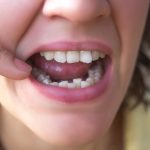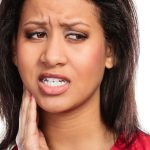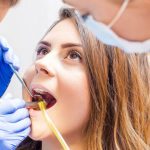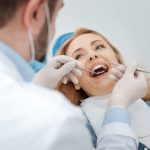When to Brush Your Teeth After Tooth Extraction: A Comprehensive Guide

Tooth extraction is a common dental procedure that involves removing a tooth from its socket in the jawbone. It may be necessary for various reasons, such as severe decay, infection, gum disease, or overcrowding. While the procedure itself is relatively quick and straightforward, the recovery process can take several days to several weeks, depending on the complexity of the extraction and the individual’s overall health. During this time, it is essential to take proper care of the extraction site to prevent complications and promote healing. One critical aspect of this care is knowing when to brush your teeth after tooth extraction. Brushing your teeth is an essential part of your daily oral hygiene routine, but it can be tricky after tooth extraction. Brushing too soon or too aggressively can dislodge the blood clot that forms in the socket, leading to a painful condition called dry socket. On the other hand, delaying or neglecting brushing can allow bacteria to accumulate in the mouth, increasing the risk of infection. Therefore, it is crucial to follow specific guidelines for brushing your teeth after tooth extraction, depending on the type of extraction and your dentist’s recommendations. This comprehensive guide will provide you with all the information you need to know about when to brush your teeth after tooth extraction and how to do it safely and effectively.
Tooth extraction is the process of removing a tooth from its socket in the jawbone. Typically, this procedure is done when a tooth is severely damaged or decayed, and cannot be repaired with other treatments. Tooth extraction may also be necessary to make room for orthodontic treatment or to alleviate overcrowding. In some cases, impacted wisdom teeth may need to be extracted to prevent infection or damage to other teeth. While the idea of having a tooth pulled may be intimidating, it is often the best course of action to maintain oral health and prevent further complications. After tooth extraction, proper care and hygiene are crucial to ensure proper healing and prevent infection.
Proper oral hygiene is crucial after tooth extraction as it helps to prevent infection, reduce pain, and promote healing. After a tooth extraction, the socket is left open, and bacteria can easily enter the wound, leading to an infection. Brushing your teeth gently, along with rinsing your mouth with saltwater, helps to keep the area clean and reduce the risk of infection. Additionally, good oral hygiene practices can help to alleviate pain and promote healing by removing any debris or food particles that may have accumulated around the extraction site. It is essential to follow your dentist’s instructions carefully and maintain good oral hygiene practices to ensure a smooth recovery and prevent any complications.
The First 24 Hours
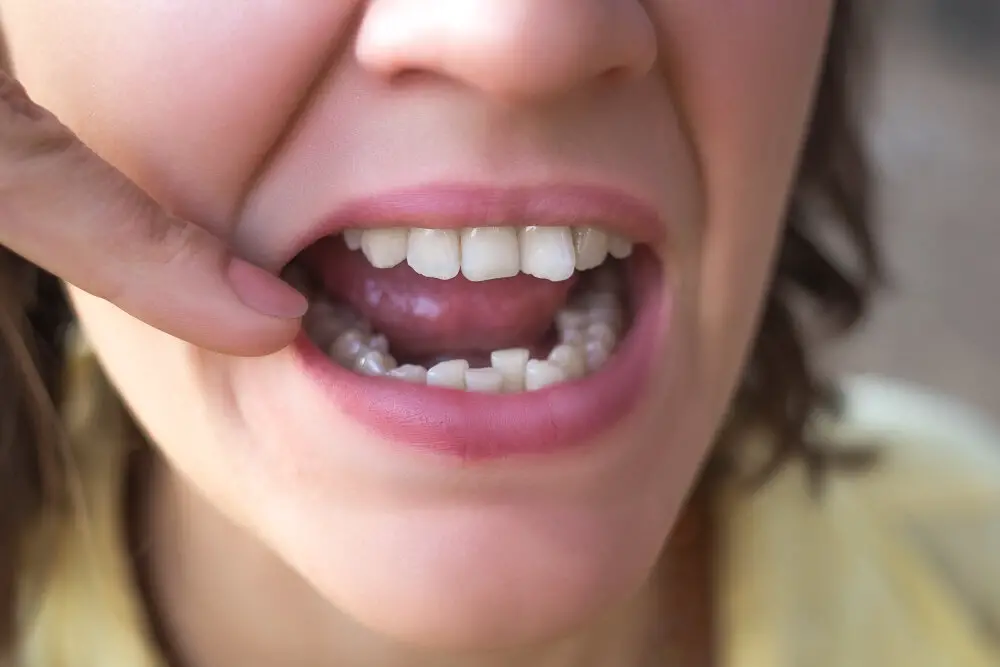
The first 24 hours after a tooth extraction are crucial for the healing process. During this time, it is essential to follow the dentist’s instructions carefully to minimize pain, swelling, and the risk of infection. It is recommended to avoid any strenuous activity, including exercise or heavy lifting, that could increase blood flow to the extraction site and cause bleeding. Additionally, it is essential to avoid smoking or using tobacco products, as they can impede the healing process and increase the risk of complications. In the first 24 hours after a tooth extraction, it is also recommended to maintain a soft-food diet and avoid any hot or spicy foods that could irritate the extraction site. Instead, opt for cool or lukewarm liquids and soft, easy-to-chew foods such as mashed potatoes, yogurt, or scrambled eggs. It is also important to keep the extraction site clean by gently rinsing your mouth with salt water or an antiseptic mouthwash as instructed by your dentist. By following these guidelines, patients can ensure a successful healing process and minimize any discomfort or complications during the first critical 24 hours after a tooth extraction.
The first 24 hours after a tooth extraction is crucial for the healing process, as it sets the foundation for the rest of the recovery period. Immediately after the procedure, a gauze pad will be placed on the extraction site to control bleeding and encourage clotting. It is important to keep the gauze in place for at least 30 minutes and change it as necessary. During this time, it is also recommended to avoid spitting, rinsing, or using a straw, as this could dislodge the clot and delay healing. Pain and swelling are common during this time and can be managed with prescribed pain medication and ice packs. It is important to stay hydrated and stick to soft foods for the first 24 hours, while avoiding anything too hot or cold. Following these guidelines will help ensure a successful recovery and prevent any complications.
It is crucial to avoid brushing your teeth during the healing process after tooth extraction. Brushing too soon or too vigorously can disrupt the formation of a blood clot, which is necessary for proper healing. Additionally, brushing can cause irritation and inflammation around the extraction site, leading to discomfort and delayed healing. Instead of brushing, rinse your mouth gently with saltwater to keep the area clean and promote healing. Following your dentist or oral surgeon’s post-operative instructions, including when to resume brushing, is essential for a successful recovery. Remember, patience and proper care are key to a speedy and comfortable recovery after tooth extraction.
Maintaining good oral hygiene during the period after a tooth extraction is crucial for proper healing and avoiding infection. First and foremost, it is important to follow your dentist’s instructions on when to brush your teeth after the procedure. It is usually recommended to wait 24 hours before brushing, and then to brush gently with a soft-bristled brush. Rinsing your mouth with salt water can also help to keep the area clean and reduce inflammation. Avoid smoking and consuming alcohol as they can slow down the healing process. Additionally, it is essential to maintain a healthy diet and stay hydrated to support the healing process. By following these tips, you can ensure that your mouth heals properly and prevent any complications after a tooth extraction.
The First Week
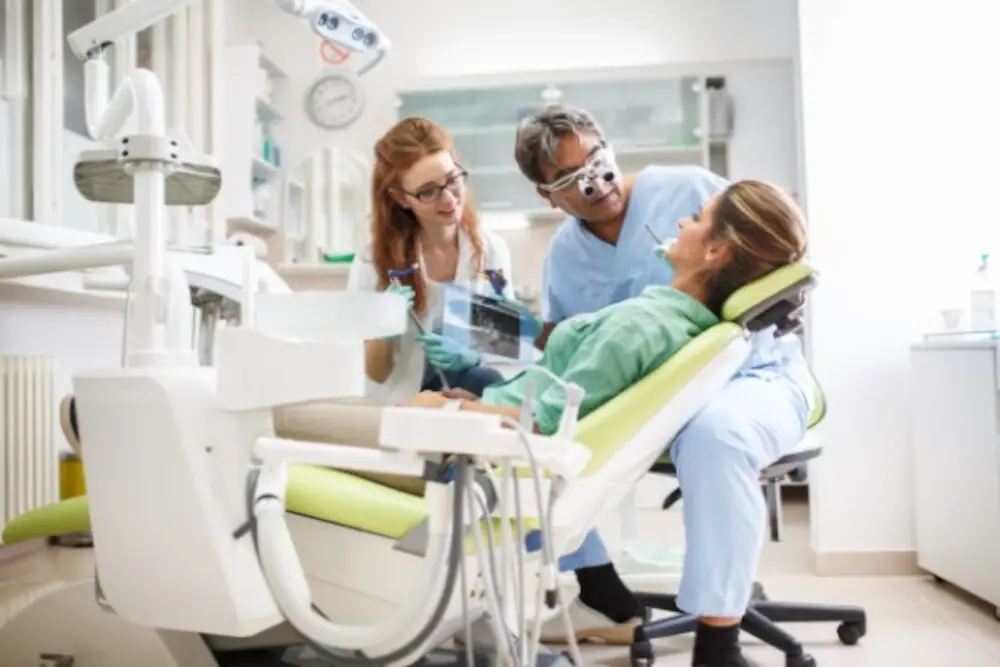
The first week after a tooth extraction is critical for the healing process. It is essential to take proper care of the extraction site during this time to prevent any complications. For the first 24 hours, it is recommended to avoid brushing or rinsing the mouth to allow the blood clot to form and stop the bleeding. After 24 hours, gentle rinsing with salt water can be done to keep the extraction site clean. However, it is crucial to be careful while rinsing to avoid dislodging the blood clot, which can cause a dry socket. During the first week, it is essential to avoid brushing near the extraction site, which can cause further irritation and delay the healing process. Instead, focus on brushing the other teeth gently and carefully. It is also recommended to avoid smoking or using straws during this time, as the suction can dislodge the blood clot and cause a dry socket. Additionally, it is crucial to follow the dentist’s instructions regarding any pain medication or antibiotics prescribed to aid in the healing process. With proper care during the first week, the extraction site should start to heal, and any discomfort should begin to subside.
The first week after a tooth extraction can be a painful and uncomfortable experience for many people. It is essential to follow the dentist’s instructions and take prescribed painkillers to manage the pain and minimize swelling. The first 24 hours are critical, and patients are advised to avoid any rigorous activity or exercise, smoking, or drinking through a straw. During the first week, patients should eat soft foods and avoid hot or cold foods and drinks. It is important to keep the extraction site clean by rinsing gently with warm saltwater or an antibacterial mouthwash. Patients should also avoid touching the extraction site with their tongue or fingers and try to rest as much as possible to promote healing. By following these instructions, patients can ensure their recovery is quicker and less painful.
Gentle brushing is crucial for maintaining good oral hygiene, especially after a tooth extraction. It helps remove food particles and plaque from the teeth and gums, which can lead to infection and decay if left untreated. However, it’s important to use a soft-bristled brush and avoid brushing too aggressively, as this can cause further damage to the healing socket. Gentle brushing also helps promote circulation and healing in the affected area. So, it’s essential to be gentle and patient while brushing your teeth after a tooth extraction to avoid any complications and ensure a speedy recovery.
After a tooth extraction, it’s important to take care of the extraction site to ensure proper healing and to prevent infection. One of the most crucial steps in this process is brushing and cleaning the area around the extraction site. To do this effectively, you should use a soft-bristled toothbrush and avoid brushing directly on the extraction site for the first 24 hours. Instead, focus on gently brushing the surrounding teeth and gums, being careful not to disturb the blood clot that forms in the extraction site. After the first day, you can begin to brush the extraction site itself, using gentle circular motions to remove any food particles or debris. It’s also important to rinse your mouth with warm salt water after brushing to help soothe the area and promote healing. By following these tips, you can ensure that your extraction site heals properly and that you maintain good oral hygiene in the process.
After a tooth extraction, there are potential complications that can arise if proper care is not taken. One of the most common complications is dry socket, which occurs when the blood clot in the extraction site is dislodged or dissolves, exposing the bone and nerves. To avoid this, it is important to avoid smoking, spitting, or using straws for the first 24-48 hours after the extraction, as these actions can create suction that can dislodge the blood clot. Additionally, it is important to follow the dentist’s instructions for brushing and flossing to avoid disturbing the extraction site. If any pain or discomfort is experienced, it is important to contact the dentist immediately to avoid further complications.
After the First Week
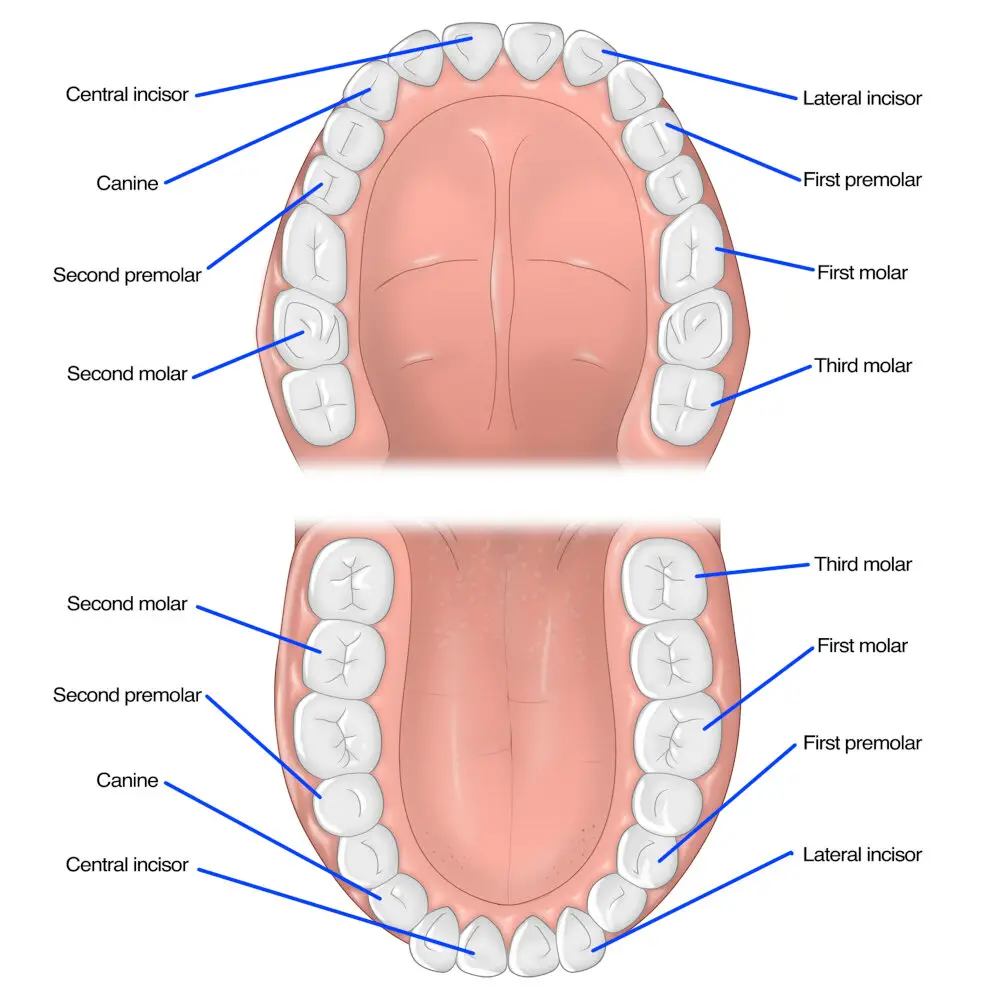
After the first week of tooth extraction, it is crucial to continue following the post-operative instructions given by the dentist or oral surgeon. At this point, the initial healing process is well underway, and the focus should be on preventing complications and promoting further healing. Patients should avoid using straws or smoking, as the suction can dislodge the blood clot that forms in the socket, leading to a painful condition called dry socket. It is also important to avoid hard or crunchy foods that can irritate the extraction site and delay healing. Instead, stick to soft, lukewarm foods and plenty of water to stay hydrated. During this time, patients may experience some swelling and discomfort, but this should start to subside after the first few days. If pain or swelling persists or worsens, or if there is any bleeding or discharge from the extraction site, it is important to contact the dentist or oral surgeon immediately. Regular check-ups may also be necessary to monitor healing and ensure there are no complications. By following these guidelines, patients can help ensure a speedy and successful recovery after tooth extraction.
The period after the first week following a tooth extraction is critical for the healing process. During this time, the wound begins to close and new tissue forms, which helps to reduce the risk of infection. However, it is important to continue to follow good oral hygiene practices, such as gently rinsing your mouth with warm salt water and avoiding hard or crunchy foods that may irritate the wound. Additionally, it is important to avoid smoking or using tobacco products during this time, as they can impede the healing process and increase the risk of complications. Overall, proper care during the post-extraction period can help to ensure a smooth and successful recovery.
Continuing good oral hygiene habits are crucial for maintaining healthy teeth and gums. It’s not just about having a bright and beautiful smile, but also about preventing tooth decay, gum disease, and other dental problems. Brushing your teeth twice a day, flossing daily, and using mouthwash can help remove plaque and bacteria that can cause cavities and gum disease. After a tooth extraction, it’s even more important to maintain good oral hygiene habits to prevent infection and promote healing. By taking care of your teeth and gums, you can not only prevent dental problems but also improve your overall health and well-being.
When it comes to when it is safe to resume normal brushing after a tooth extraction, it depends on the type of extraction and the individual’s healing process. Generally, dentists recommend waiting at least 24 hours before resuming brushing, but it is important to follow their specific instructions. After that initial period, gentle brushing with a soft-bristled toothbrush is recommended to avoid disrupting the blood clot and causing dry socket. It is also important to avoid vigorous rinsing and spitting, as well as using tobacco products, as these can also delay healing. Every individual’s healing process is different, so it is important to consult with your dentist and follow their recommendations to ensure a successful recovery.
Other Oral Hygiene Considerations
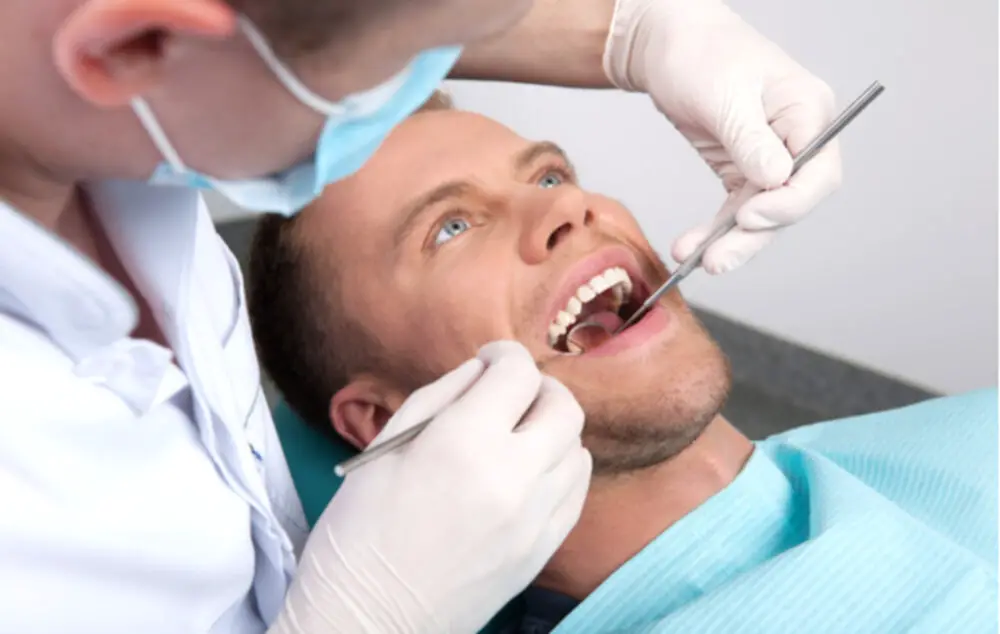
In addition to brushing your teeth after a tooth extraction, there are other important oral hygiene considerations that you should keep in mind to promote optimal healing and prevent complications. One of the most important of these considerations is rinsing your mouth with salt water. Salt water is a natural antiseptic that can help to kill bacteria and reduce inflammation in the mouth. To make a salt water rinse, simply dissolve a teaspoon of salt in a glass of warm water and swish the solution around in your mouth for about 30 seconds before spitting it out. You can do this several times a day to help keep your mouth clean and promote healing. Another important oral hygiene consideration after a tooth extraction is avoiding smoking and tobacco products. Smoking can interfere with the healing process and increase the risk of complications like dry socket, which is a painful condition that can occur when the blood clot that forms after a tooth extraction becomes dislodged. If you are a smoker, it is important to quit smoking before and after your tooth extraction to give your body the best chance to heal. Additionally, you should avoid using tobacco products like chewing tobacco and snuff, which can also increase the risk of complications and delay healing. By following these oral hygiene considerations, you can help to promote healing after your tooth extraction and reduce the risk of complications.
In addition to avoiding brushing the extraction site for the first 24 hours after the procedure, there are other oral hygiene habits to consider after tooth extraction. Rinsing with salt water can help to keep the area clean and promote healing. It’s also important to avoid smoking or using any form of tobacco products, as this can slow down the healing process and increase the risk of infection. Additionally, it’s recommended to avoid drinking through a straw, as the suction can dislodge the blood clot that forms in the socket, leading to a painful condition known as dry socket. By following these guidelines and maintaining good oral hygiene practices, patients can ensure a smooth and successful recovery after tooth extraction.
Maintaining good oral hygiene is crucial for overall health, and flossing and using mouthwash are two essential steps in that process. Flossing helps to remove plaque and food particles from between the teeth and along the gum line, which can reduce the risk of gum disease and tooth decay. Mouthwash can also help to kill bacteria in the mouth, freshen breath, and promote healthy gums. It’s important to make flossing and mouthwash a regular part of your oral hygiene routine to ensure the health of your teeth and gums, especially after a tooth extraction when the area is more vulnerable to infection. So, don’t forget to floss and use mouthwash daily to keep your smile healthy and bright!
Choosing the right oral care products after a tooth extraction can have a significant impact on the healing process. It is crucial to select products that are gentle and non-irritating to the sensitive area. Look for toothpaste and mouthwash that are specifically formulated for post-extraction care and do not contain alcohol or harsh chemicals. Soft-bristled toothbrushes are also recommended to avoid causing any damage to the surgical site. Additionally, saline solution or a saltwater rinse can help to reduce inflammation and promote healing. Choosing the right products can help to ensure a smooth and pain-free recovery after a tooth extraction.
Good oral hygiene is essential after tooth extraction to promote healing and prevent infection. After the procedure, it is important to avoid brushing or rinsing the area for the first 24 hours to allow a blood clot to form. After this period, gentle brushing and rinsing with saltwater or an antiseptic mouthwash can help keep the area clean and prevent bacteria from building up. However, it is important to avoid vigorous brushing or using a toothbrush with stiff bristles, as this can disrupt the healing process. Maintaining good oral hygiene after tooth extraction is crucial for a successful recovery and to prevent complications such as dry socket or infection.
In addition to knowing when to brush your teeth after a tooth extraction, there are some general tips and recommendations to maintain good oral health. First, brush your teeth at least twice a day using fluoride toothpaste and a soft-bristled toothbrush. Floss daily to remove plaque and food particles from between your teeth. Limit sugary and acidic foods and drinks, as they can contribute to tooth decay and erosion. Visit your dentist regularly for check-ups and cleanings, and address any dental issues promptly to prevent them from becoming more severe. By following these practices, you can help ensure a healthy and happy smile for years to come.
Conclusion

In conclusion, proper dental care after a tooth extraction is crucial for a quick and successful recovery. It is recommended to wait at least 24 hours before brushing your teeth, and to use a soft-bristled toothbrush and gentle strokes when doing so. Rinsing your mouth with salt water and avoiding smoking or using straws can also aid in the healing process. It is important to follow your dentist’s instructions and to seek medical attention if you experience any severe pain or complications. By taking the necessary precautions and giving your mouth the proper care it needs, you can ensure a healthy and speedy recovery after a tooth extraction.



